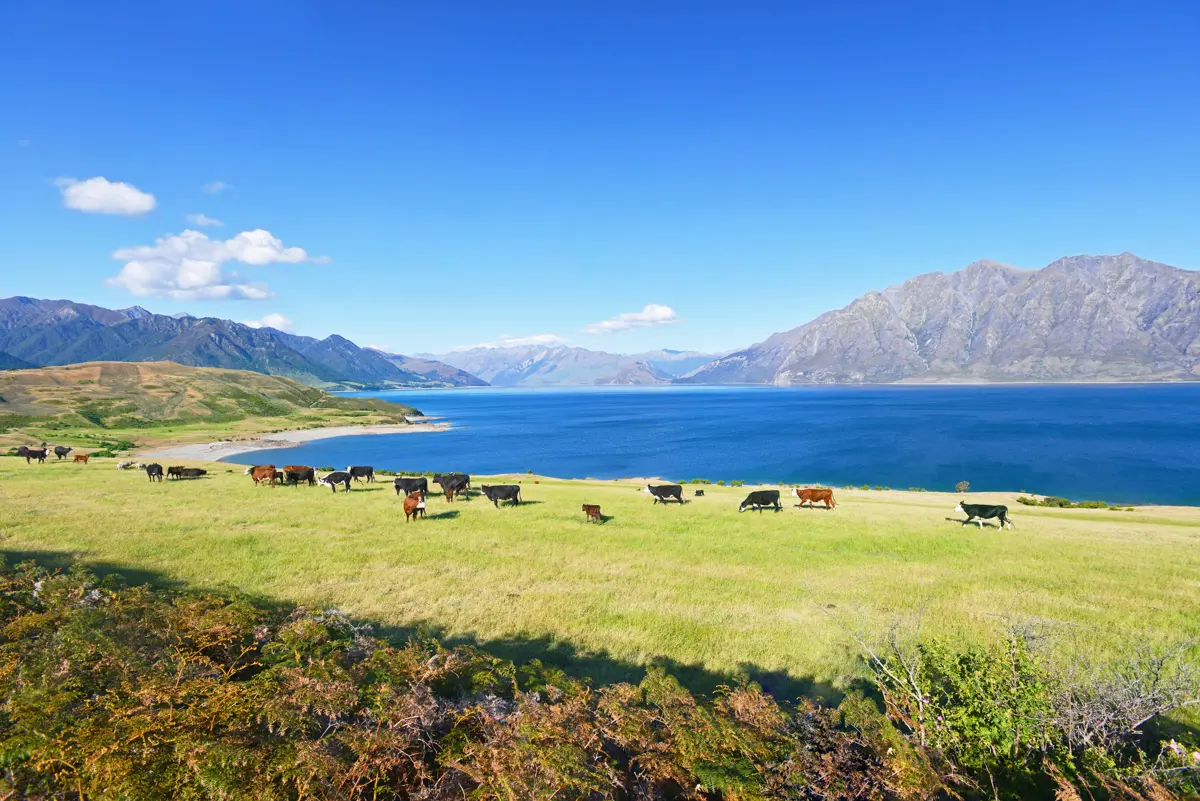
-
To reduce dairy farm nitrogen (N) and phosphorus (P) losses to water and reduce greenhouse gas (GHG) emissions mitigation measures can be implemented.
The dataset - What is it?
Dairy farms are classified into typologies which are a combination of the farm’s biophysical wetness, topography and soil type. For each of these 20 combinations, mitigations and their effect on N, P and GHG’s are shown.
Why it's important
Land management mitigations are already accepted and implemented. Further mitigations are likely to be implemented in the future to reduce P and N losses and reduce GHG emissions. This information shows landowners that through some mitigations there are co-benefits for mitigations used for reducing N and P loss to water on GHG emissions.
-
-
How to use this information safely
-
Fitness for purpose / limitations
This table indicates whether the dataset is suitable for different types of questions at different scales.
Note: Users should carefully consider their purpose as this dataset may not be suitable.
Operational
Absolute
Relative
Screening/scoping
Block/farm
No
No
No
Maybe
Multi-farms(5+)
No
No
No
Maybe
Catchment
No
No
No
Maybe
National/regional
Maybe
Maybe
Yes
Yes
Caveats
Rainfall data used for developing dairy types is limited to three categories, which is too coarse for determining co-benefits and trade-offs at scales equivalent or smaller than catchment. The modelled output relies on the accuracy of the Overseer model for dairy systems, while the dairy management data is based on DairyBase data for the 2019-2020 production year. No data exists for dairy type 'Irrigated + Easy + Well Drained (number 22) and Irrigated + Easy + Light (number 24) were modelled as a single type due to the relatively small areas of each; type was modelled using Well drained soil, GHGT losses do not include emissions from raising youngstock.
-
-
-
Please note:
You can use this information to help with understanding the co-benefit and trade-offs with certain mitigation measures to improve dairy farm N and P losses to water on GHG emissions from dairy systems. However, you should seek expert advice.
Locate and explore different uses for your whenua
Tell us a bit about your whenua and priorities you and your whānau hold. Our tool will present some different uses for your whenua that may help you achieve these.

A new tab will open shortly and will take approximately 30 seconds to generate your PDF. Please Do Not close your browser.





